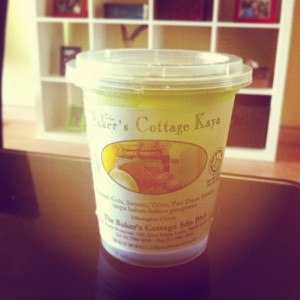
Hey folks, it’s me Daisy again. Sorry I’ve been lost to the blogging world for awhile. Planning an allergy-sensitive menu for one’s wedding can be tricky!
However, engaging in that reminded me of some subtle things to look out for in avoiding gluten here.
Here are some Malaysia-specific surprising “don’ts”:
1. Coconut milk. While fresh is almost certainly gluten free, powdered can contain wheat. Check for the source of coconut milk in items such as kaya, cendol, bubur, and kari.
2. Icing sugar. You’ll have to carefully notice the dusting on top of custards and other desserts. Very often contains gluten. Can even be used on figs and other dried fruit. Check labels and/or ask.
3. MSG. Ubiquitous here. Remember to specifically tell waitstaff to *not* put it in as MSG produce in Asia may very well be derived from wheat, and therefore contain gluten.
4. Fried onions or garlic. Always used as garnish. You’ll almost never be told that it is even an ingredient–people forget to include “decor.” Avoid. Often coated in flour before being deep fried.
5. Rice noodles or cakes. Some may be made from a certain percentage of wheat or other gluten-containing grains. Try to ask to see the packet.
Peace,
Daisy